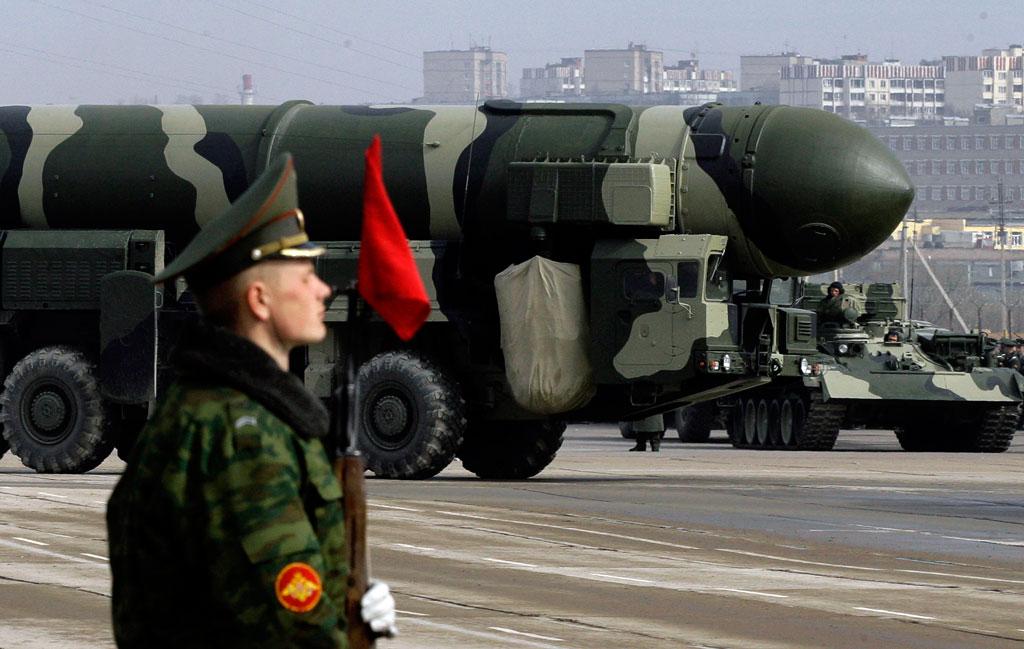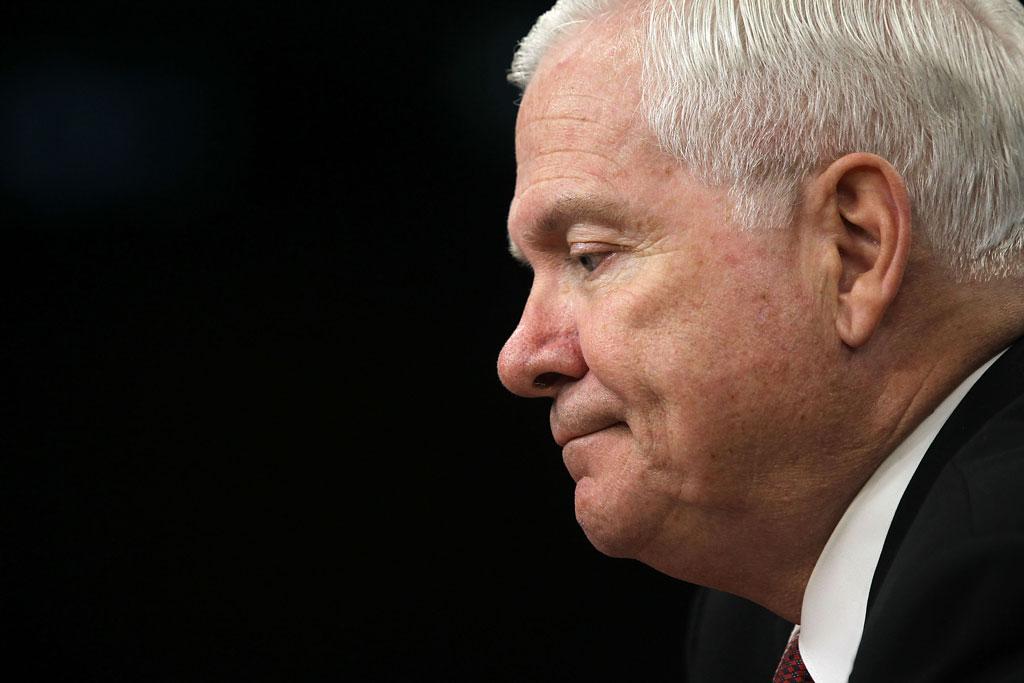On March 13, the Bulletin of the Atomic Scientists ran a piece by Nikolai Sokov with the paradoxical title ‘Why Russia calls a limited nuclear strike de-escalation’. He writes, “In 1999, at a time when renewed war in Chechnya seemed imminent, Moscow watched with great concern as NATO waged a high-precision military campaign in Yugoslavia.” It became concerned both that “the United States would interfere within its borders” and that the “conventional capabilities that the United States and its allies demonstrated seemed far beyond Russia’s own capacities.”
In response, Russia “… issued a new military doctrine whose main innovation was the concept of ‘de-escalation’—the idea that, if Russia were faced with a large-scale conventional attack that exceeded its capacity for defense, it might respond with a limited nuclear strike.”
How can a nuclear strike be characterized as de-escalation, you ask? One might answer that, as when the United States moved from its massive retaliation of the fifties to its flexible response of the sixties, Russia was de-escalating from all-out to limited nuclear strikes. Sokov writes: “De-escalation rests on a revised notion of the scale of nuclear use. During the Cold War, deterrence involved the threat of inflicting unacceptable damage on an enemy. Russia’s de-escalation strategy provides instead for infliction of ’tailored damage,'…”
Use of the term de-escalation seems like it also might have been an attempt at misdirection on Russia’s part to make it look like it wasn’t what, in fact, it is: an escalation over a conventional attack. Furthermore, writes Sokov, Russian targets “… appear to include command and control centers as well as airbases and aircraft carriers from which US aircraft could fly missions against Russia. In other words, for limited-use options, Russia appears to target military assets rather than the population or economic centers that were typical targets under Cold War strategies.”
In any event, the announcement seems to have produced the desired effect on the West. It “probably limited the West’s options for responding to the 2008 war in Georgia,” writes Sokov. What’s more, it’s “probably in the back of Western leaders’ minds today, dictating restraint as they formulate their responses to events in Ukraine.”
Another irony is that U.S. nuclear presence in Europe in the fifties was initially intended to offset Russia’s greatest conventional weapon: its massive army. Now, to an extent, the tables are turned. Sokov explains: “The 2000 version of Russia’s military doctrine characterized the limited use of nuclear weapons as a stopgap measure to be relied on only until Russia could develop a more modern conventional strike capability, similar to that which the United States possessed.”
Meanwhile, “If Russia becomes able to project military force in the same way that the United States has projected force in Kosovo, Iraq, and Libya, Moscow will likely become more assertive in its foreign policy.” In which case, “some NATO countries might argue that nuclear deterrence should regain some of its former prominence.”
Finally, citing Russia’s development of its own version of the U.S. Prompt Global Strike system (ballistic missiles with conventional, instead of nuclear, warheads) Sokov recommends that: “To avoid a new arms race—one centered around conventional weapons, which are less terrifying but more usable than nuclear weapons—it makes sense to begin work now on arms control options that would cover modern conventional strike and defense assets.”
Russ Wellen edits the Foreign Policy in Focus blog Focal Points for the Institute of Policy Studies. A student of the metaphysics of nuclear weapons, he has written about disarmament for a variety of publications such as AlterNet, Asia Times Online, Bulletin of the Atomic Scientists, the Journal of Psychohistory, and Truthout. Courtesy of Foreign Policy In Focus.




